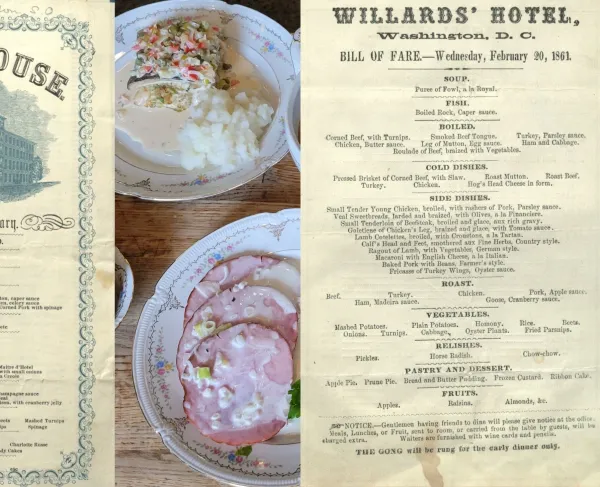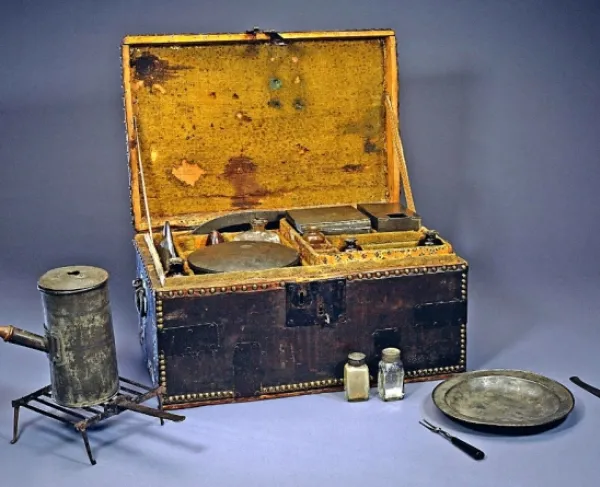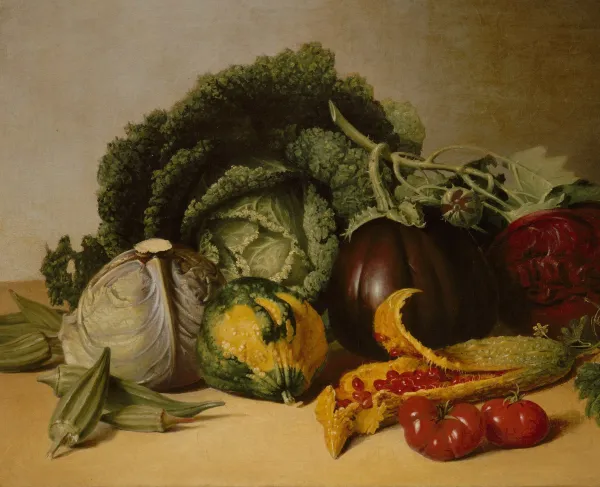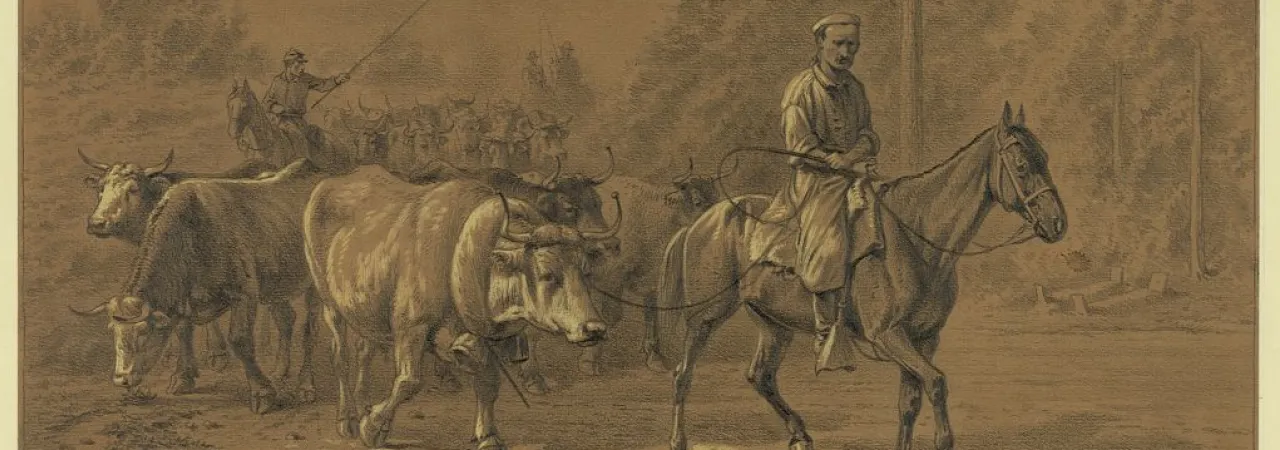
"The Leader of the Herd" by Edwin Forbes (artist).
One of the most daunting challenges facing the Confederate government in 1861 was supplying the large armies that were organized after it became clear that the war would be a prolonged one. Of the supply bureaus, none was more critical than the Commissary Department. Charged with feeding the troops, it these officers who would labor to provide “a full belly” for the Confederate troops.
Among the most difficult challenges they faced was providing sufficient supplies of meat – beef and pork. Though this was a constantly vexing problem across the Confederacy, the most acute challenges faced the officers charged with supplying the Army of Tennessee and the Charleston, South Carolina garrison. During 1861 and 1862, most beef consumed by these troops came from Tennessee and Texas.
But the changing military fortunes of the Confederacy – the United States success in controlling the Mississippi River during Spring 1863 and later the loss of Middle Tennessee -- forced Commissary officers to reimagine their supply sources. Throughout the late Spring and into the Summer of 1863, the Confederate Commissary officers increasingly came to depend on Florida raised beeves – a region that had during the war’s first two year been a secondary source for beef cattle -- to meet the Army of Tennessee and Charleston garrison’s needs.
Florida had a long history of raising cattle that stretched back into Colonial Spanish history. The animals were hardy, but because they subsisted on the state’s rough forage they were relatively “scrawny” with smaller yields of meat than other cattle. Raised on the open range, gathering the cattle for market in the pre-war years depended on the work of experienced drovers. Though enslaved men sometimes acted as drovers in Florida, white cattle farmers and white laborers most often did the work of moving the cattle to markets in Jacksonville, Florida, Savannah, Georgia, and Charleston, South Carolina.
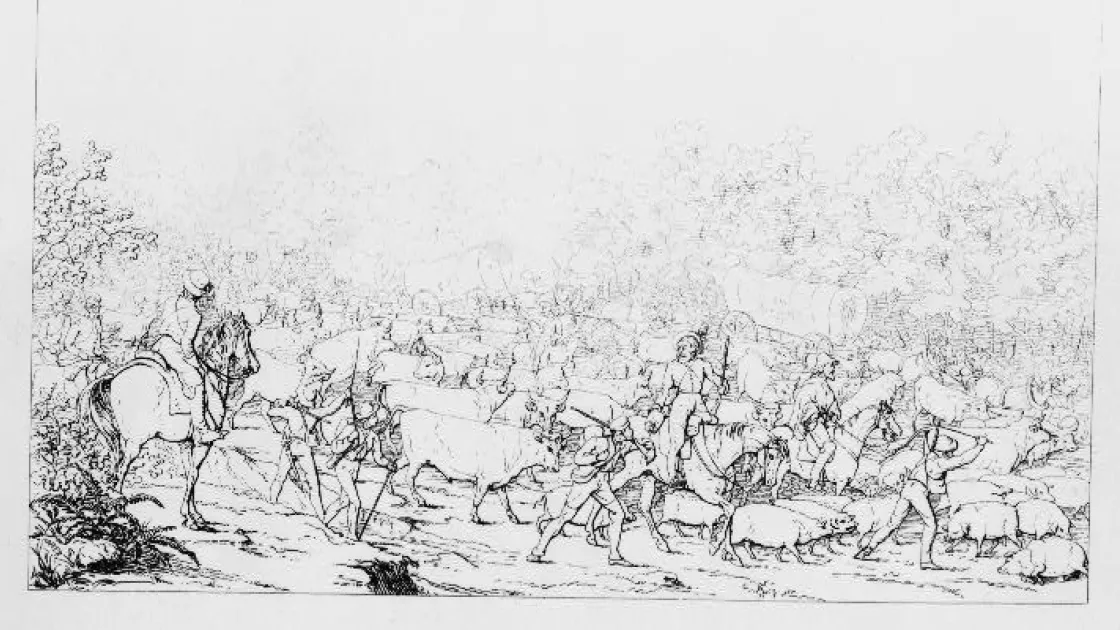
As the Confederate Commissary turned toward Florida cattle as their primary source of supply, Commissary officials such as Pleasant W. White, Major Henry Guerin, and Major John F. Cumming worked hard to meet the requisitions coming from the Army of Tennessee and Charleston. However, there were relatively few cattle to purchase and the low yields of those obtained made it impossible for the officers to provide enough meat to maintain a full supply for the soldiers at the front.
Other factors complicated procurement. Despite centralizing the authority to purchase cattle in the Commissary Bureau in early 1863, competition from other departments and a thriving black-market drew significant numbers of cattle away from Commissary agents. Florida’s environment and the dearth of experienced men created more challenges. Many of the experienced drovers who could manage the herds through the dangerous sawgrass marshes, anticipate the dangers on the trail, and understand changing weather conditions along the route north were in military service and attempts to replace them largely failed. Finally, United States military forces, Florida Unionists, Seminole Indians, and deserters created even more challenges.
Though Confederate Commissary officials worked diligently, their efforts yielded between 1/3 and ½ of the need of the Army of Tennessee and the Charleston garrison between the middle of 1863 and the end of the war.
Further Reading:
John S. Otto, “Open-Range Cattle-Herding in Southern Florida,” Florida Historical Quarterly (Vol. 65, No. 3, January 1987), 317-334.
Robert A. Taylor, “Rebel Beef: Florida Cattle and the Confederate Army, 1862-1864,” Florida Historical Quarterly (Vol. 67, No. 1, July, 1988), 15-31.

